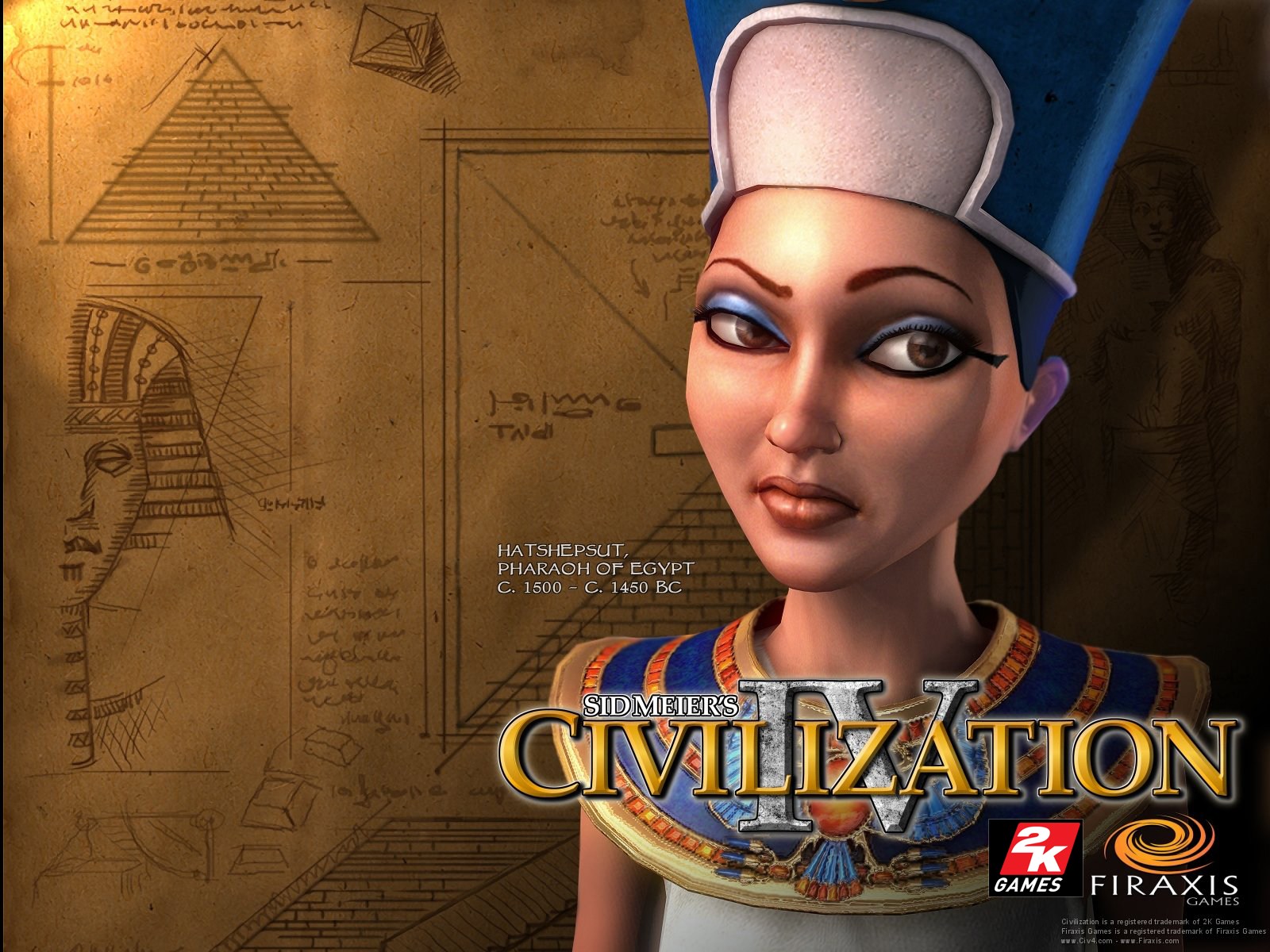

It may have been Ulamburiash who finally annexed this area around 1450 and began negotiations with Egypt in Syria. Meanwhile, native princes continued to reign in southern Babylonia. A king called Agum II ruled over a state that stretched from western Iran to the middle part of the Euphrates valley 24 years after the Hittites had carried off the statue of the Babylonian god Marduk, he regained possession of the statue, brought it back to Babylon, and renewed the cult, making the god Marduk the equal of the corresponding Kassite god, Shuqamuna. The beginning of Kassite rule in Babylonia cannot be dated exactly.

Their religion was polytheistic the names of some 30 gods are known. There seems to have been no hereditary kingdom. Nor is much known about the social structure of the Kassites or their culture. Some 300 Kassite words have been found in Babylonian documents. No inscription or document in the Kassite language has been preserved. There they founded principalities, of which little is known. Increasing numbers of Kassites gradually reached Babylonia and other parts of Mesopotamia. The first to feel their forward thrust was Samsuiluna, who had to repel groups of Kassite invaders. The Kassites had settled by 1800 bce in what is now western Iran in the region of Hamadan-Kermanshah. A matter of importance was the emergence of new Semitic leading classes from the ranks of the priesthood and the scribes. Cultural continuity was not broken off, either, particularly in Babylonia. The cuneiform script persisted as the only type of writing in the entire area. The languages of the older cultures, Akkadian and Sumerian, continued or were soon reestablished, however. The remaining Semitic states, such as the state of Ashur, became minor states within the sphere of influence of the new states of the Kassites and the Hurrians/Mitanni. Because there are very few written records from this era, the time from about 1560 bce to about 1440 bce (in some areas until 1400 bce) is called the dark ages. Mesopotamia to the end of the Achaemenian period The Kassites, the Mitanni, and the rise of AssyriaĪbout 150 years after the death of Hammurabi, his dynasty was destroyed by an invasion of new peoples. Literary texts and increasing decentralization.

#1440 civilization v backgrounds how to#
COVID-19 Portal While this global health crisis continues to evolve, it can be useful to look to past pandemics to better understand how to respond today.Student Portal Britannica is the ultimate student resource for key school subjects like history, government, literature, and more.From tech to household and wellness products. Britannica Explains In these videos, Britannica explains a variety of topics and answers frequently asked questions.This Time in History In these videos, find out what happened this month (or any month!) in history.#WTFact Videos In #WTFact Britannica shares some of the most bizarre facts we can find.Demystified Videos In Demystified, Britannica has all the answers to your burning questions.



 0 kommentar(er)
0 kommentar(er)
